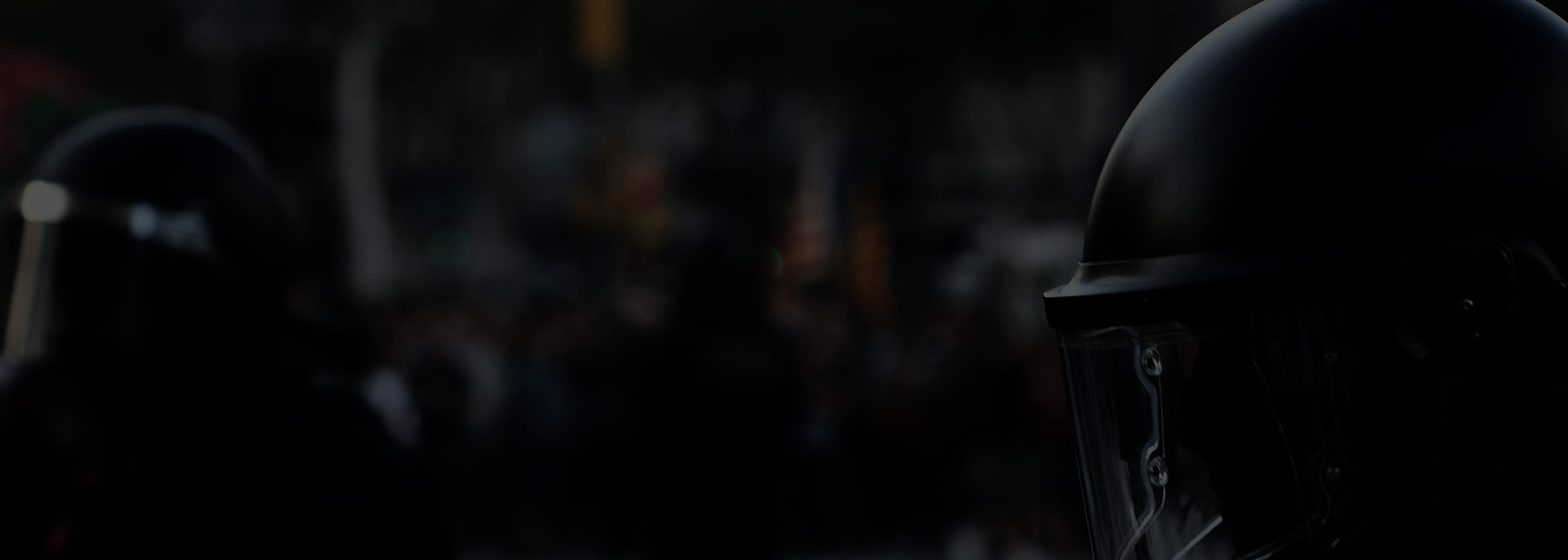
Introduction:
The world of filmmaking is a dynamic and creative endeavor, but it comes with its share of risks and uncertainties. To protect the investments, talent, and intricate productions involved in filmmaking, comprehensive insurance coverage is essential. In this blog post, we’ll explore the various types of insurance needed on a film set to mitigate potential risks and ensure a smooth production process.
Production Insurance:
- Production insurance is the backbone of a film’s risk management strategy. It typically includes coverage for physical production elements such as equipment, sets, props, and wardrobe. This insurance protects against unexpected events like theft, damage, or loss of essential production assets.
Equipment Insurance:
Film production relies heavily on specialized equipment, from cameras to lighting gear. Equipment insurance safeguards these valuable assets against theft, damage, or loss. It’s crucial to accurately assess the replacement cost of each item and ensure that the coverage meets the specific needs of the production.
Cast Insurance:
- Cast insurance provides coverage for financial losses resulting from the injury, illness, or death of key cast members. This type of insurance can reimburse production costs and expenses incurred during delays caused by unforeseen circumstances affecting principal actors.
Liability Insurance:
- Liability insurance protects against legal claims arising from bodily injury or property damage that occurs during filming. This includes coverage for on-set accidents, location shoots, and any potential third-party claims. Productions often carry general liability insurance to address a range of unforeseen circumstances.
Errors and Omissions (E&O) Insurance:
- E&O insurance is crucial for protecting filmmakers from legal claims related to defamation, infringement of intellectual property rights, or other legal issues that may arise from the content of the film. Distributors often require E&O insurance before releasing a film.
Weather Insurance:
- Outdoor shoots are susceptible to weather-related disruptions. Weather insurance provides coverage for financial losses incurred due to adverse weather conditions that impede or delay production. This ensures that filmmakers can manage budget constraints and timelines effectively.
Automobile Insurance:
- Film productions involve the use of vehicles for transportation of crew, equipment, and talent. Automobile insurance is essential to cover potential accidents, damage, or injuries involving vehicles associated with the production. This includes both owned and rented vehicles.
Crew Insurance:
- Crew insurance covers medical expenses, disability benefits, and accidental death benefits for crew members. It ensures that the production team is financially protected in the event of on-set injuries or accidents, promoting a safer working environment.
Specialty Insurance:
- Depending on the nature of the film, specialty insurance may be required. This can include insurance for stunts, pyrotechnics, or other high-risk elements involved in the production. Specialty insurance policies address the unique challenges posed by specific scenes or sequences.
Workers’ Compensation Insurance:
- Workers’ compensation insurance is crucial for addressing on-the-job injuries sustained by crew members. It covers medical expenses, rehabilitation costs, and lost wages for injured workers, providing financial support during recovery.
Travel Insurance:
- For productions involving travel, travel insurance is essential. It covers unexpected events such as trip cancellations, medical emergencies, or lost baggage. Ensuring the well-being of the crew and talent during travel is paramount.
Conclusion:
Navigating the intricacies of film production requires a comprehensive approach to risk management, and insurance plays a pivotal role in safeguarding the creative process. By understanding the diverse insurance needs of a film set, filmmakers can ensure that their productions are protected against unforeseen challenges, allowing them to focus on bringing their cinematic visions to life. From equipment protection to liability coverage, a well-rounded insurance strategy is an indispensable aspect of responsible filmmaking.





